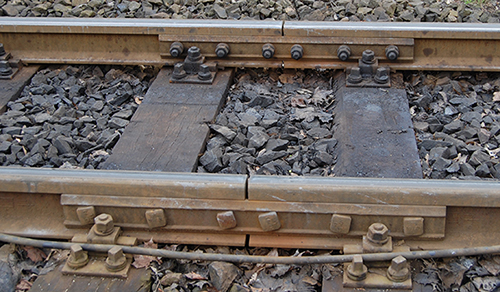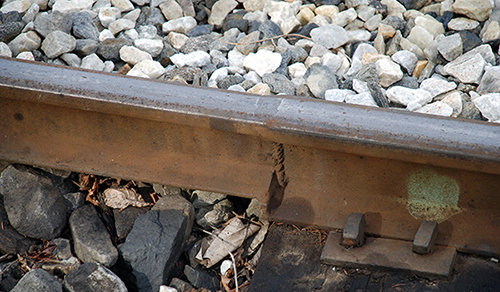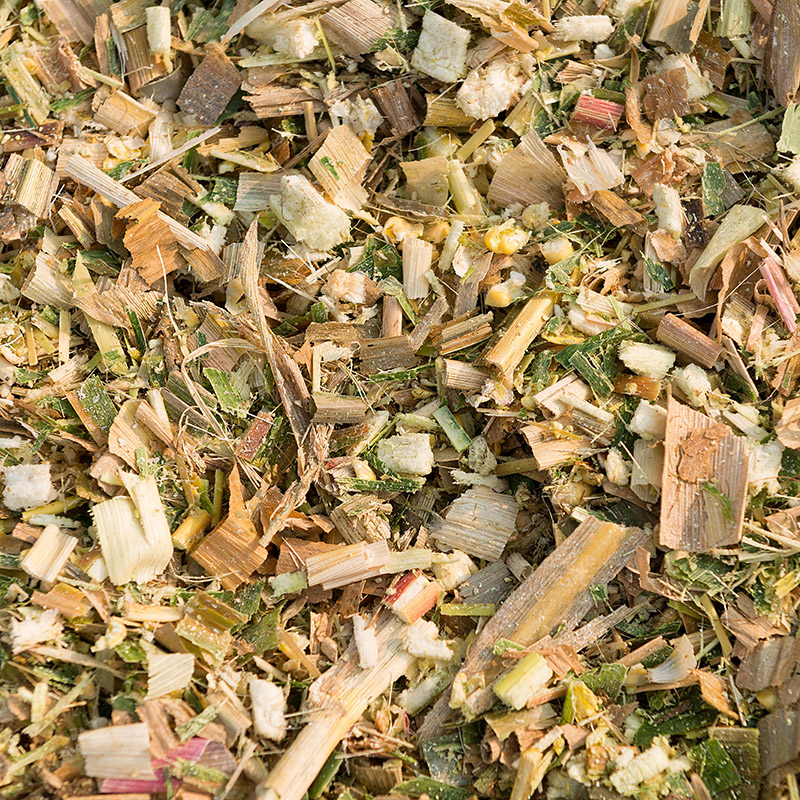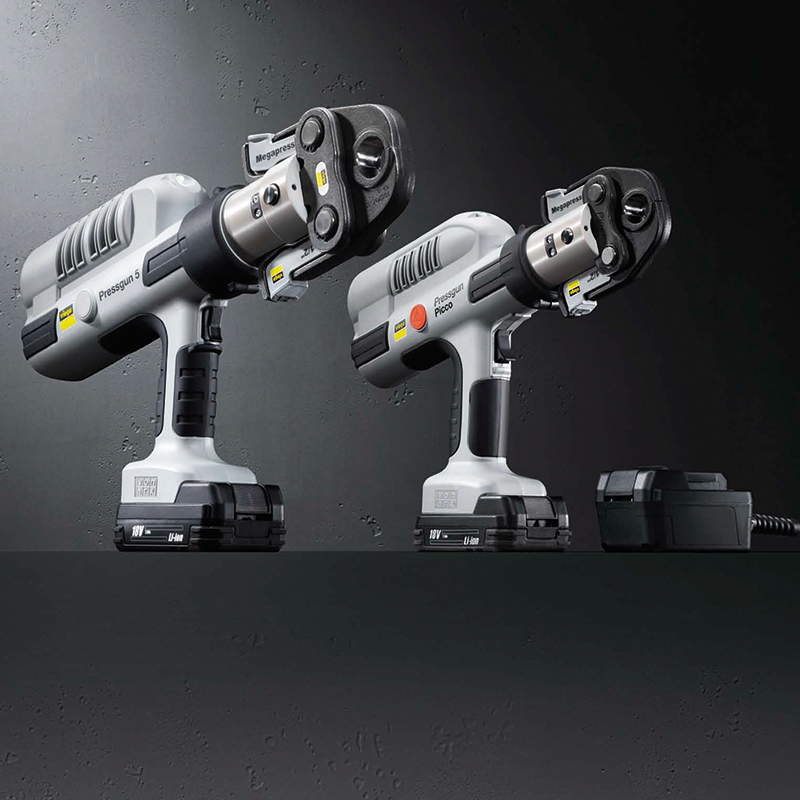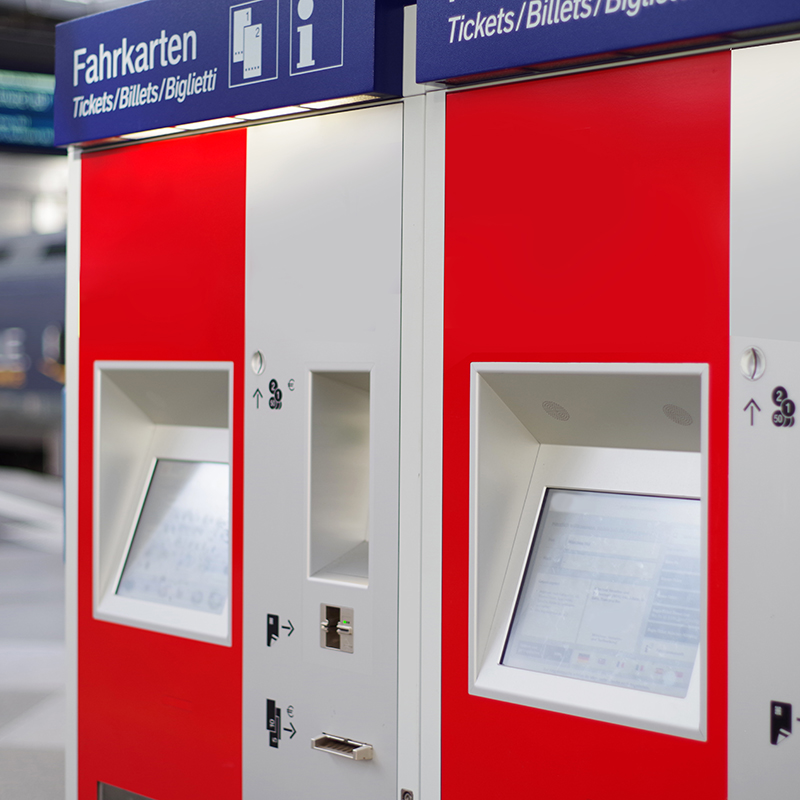A long time ago, when you took a train journey, it wouldn’t have been the noise from a fellow passenger’s cell phone bothering you, but another noise: the constant tock-tock-tock sound caused by the welded joints on the rails. Hans Goldschmidt put an end to this. In 1893, he discovered the aluminothermic process. Goldschmidt was originally interested in producing carbon-free metals such as chromium and manganese, which were mainly used in the steel industry for alloying. He soon realized that these metals could be produced by using the thermal energy released by a burning metal oxide-aluminum mixture. Another result of this process was high-quality liquid steel. And the chemist made one more discovery: if an aluminothermic mixture – called “thermite” by Goldschmidt – is ignited at a single point, an exothermic reaction continues through the whole mixture .
Initial spark for the aluminothermic process
This quite literally lit the initial spark for the industrial application of the aluminothermic process in welding rail joints. In 1895, Goldschmidt patented his “process for the manufacture of metals or alloys of the same”. Thermite welding was used for the first time on tram rails in Wuppertal in 1899. Goldschmidt’s company, Th. Goldschmidt AG, soon made its international breakthrough. To this day, tram and railway tracks all over the world are joined using thermite welding. The process accounts for approximately 45% of the Goldschmidt Group’s business.
Goldschmidt has illustrative videos on the thermite welding process on its website.
(Header: Exothermic welding, Ashley Darby – AdobeStock; in the article: screwed rail joint: Thomas HSB, Schienenstoß HQB on Wikimedia licensed under CC BY-SA 3.0; welded rail joint: Josef Moser, Bahnhof Kraubath on Wikimedia licensed under CC BY-SA 3.0)

